TPACK 教学与科技的结合
TPK highlights the area where technology and pedagogy influence each other. Incorporating technology into the classroom often causes a change in how the material is taught. A simple example might be when a teacher uses an instructional video clip for a topic that they used to model on the board.
TPK 强调了科技技术和教育学相互影响的领域。将科技技术融入课堂通常会导致教学方式发生一些变化。一个简单的例子可能是当老师使用教学视频剪辑来描述他们用来在板上建模的主题时。
Applying Technological, Pedagogical, and Content Knowledge to the Lesson
- Content Knowledge (CK)—what are you teaching and what is your own knowledge of the subject? For this lesson, you’ll need a solid understanding of cell anatomy and processes.
- Pedagogical Knowledge (PK)—how do your students learn best and what instructional strategies do you need to meet their needs and the requirements of the lesson plan? In this case, you’ll need to understand best practices for teaching middle school science and small group collaboration.
- Technological Knowledge (TK)—what digital tools are available to you, which do you know well enough to use, and which would be most appropriate for the lesson at hand? For this lesson, students will need to label a diagram and present, so the ability to fill in blanks with an answer key, find images from the internet, create slides, etc. are important.
-
- 内容知识(CK)——你在教什么,你自己对这门学科的认知是什么?例如:在急救本课中,您需要对心脏解剖学与室性心动过速(VT)和心室纤颤(VF)的不同于有扎实的了解。
- 教学知识(PK)——如何让您的学生可以掌握知识,您需要应用哪些教学策略来满足他们的需要和课程计划(目标)的要求?在这种情况下,您需要了解教学中教导医学和小组讨论协作的最佳实践。
- 技术知识(TK)——您可以使用哪些数码工具,您知道哪些软件可以使用,哪些最适合应用在实践的课程?在学习中,如果学员需要标记图表并进行演示,因此使用答案键填空、从互联网上查找图像、创建幻灯片等的能力很重要。
-
- 教学内容知识 (PCK) — 了解最佳教课的知识,并向特定学生教授特定的内容与实践。
- 技术内容知识(TCK)——了解如何使用数码工具来增强或转换内容、如何将内容交付给学员,以及如何让您的学员可以互相互动。
- 技术教学知识(TPK)——了解如何使用您的数码工具来教学,作为获得您想要的学习成果和体验的工具。
SAMR model is a specific educational framework that divides classroom technology into distinctive categories. It is designed to allow teachers across different subjects, disciplines, and subject matters to visualize a consistent process for how technology is utilized and integrated into classrooms.
SAMR 模型是将课堂技术划分为不同类别的特定教育框架。它旨在让不同学科、行为和主题的教师可视化一个一致的教学过程,以了解如何利用科技技术并将其集成到课堂中。
The model is made up of four components:
- Substitution: in which technology directly substitutes existing processes with no change
- Augmentation: in which technology directly substitutes existing processes while also introducing improvements
- Modification: in which technology allows for a task to be significantly redesigned to suit a purpose
- Redefinition: in which technology allows for the development and creation of new, previously impossible tasks
该模型由四个部分组成:
- 替代:技术直接替代现有流程而无需更改
- 增强:技术直接替代现有流程,同时引入改进
- 修改:其中技术允许对任务进行重大重新设计以适应目的
- 重新定义:技术允许开发和创造新的、以前不可能的任务
The SAMR Model is really designed to provide a high-level gauge of the degree of technology use, but some consider it to be overly simple and somewhat confusing. The TPACK framework, on the other hand, provides more of a map for understanding how to integrate technology into the classroom effectively.
SAMR is just one example of effective ways technology can be integrated into the classroom. We take a look at what SAMR actually means as well as some SAMR model examples – allowing for the more effective and controlled integration of valuable technology into your classroom. Any modern teacher understands and appreciates the value of integrating technology into the classroom. Whether it’s using interactive whiteboards, supplying iPads, or even learning through digital play and VR, tech is more prevalent than ever in the school setting
SAMR 模型实际上旨在提供对数码科技使用程度的高级衡量,但有些人认为它过于简单且有些混乱。另一方面,TPACK 框架为理解如何有效地将数码科技技术整合到课堂中提供了更多的地图。
SAMR 只是将数码科技融入课堂的有效方式之一。
if we recognized how our content could be presented in a more interactive way—e.g., video, class discussion, game, etc.—and we knew how to make that happen via our LMS, then we just leveled up to Technical Content Knowledge (TCK).
如果我们认识到我们的教学内容可以如何以更具交互性的方式来呈现——例如,视频、课堂讨论、游戏等——并且我们知道如何通过 LMS 实现这一点,那么我们就升级到数码科技内容知识 (TCK)
An Example - Incorporate the TPACK Framework in our Classroom
案例 - 在我们的课堂中加入 TPACK 框架
Original Lesson Plan原教案
Imagine you are a 6th grade life first aider trainer. The topic is “Chain of survival.” Your objectives are to describe the different between VF and VT and how it function.
想象一下,你是一名 6 年级的急救医学老师。主题是“Chain of survival (生命鏈)”。你的目标是描述心跳与心脏的解剖结构,并解释快速性心律失常,如早期出现的室性心动过速(ventricular tachycardia, VT)或室颤(ventricular fibrillation, VF),可能提示持续 .如何作为一个系统发挥细胞的必要功能。
The traditional strategies or activities might go as follows:
- Walk through the heart's respiratory or circulatory system and the basic functions of each VF and VT.
- Break the class into small groups. Task each group with labelling their own diagram of heart anatomy and researching a single Bloor and oxygen process to present to the class later on. You may want to choose the process for them to avoid duplicate presentations.
- Have each group present the heart briefing process they researched to the class.
The TPACK framework used to enhance this lesson
传统的教学策略或活动可能如下:
-
- 了解心脏呼吸或循环系统以及每个 VF 和 VT 的基本急救功能。
- 将班级分成小组。要求每个小组标记他们自己的心脏解剖图,并研究一个单一的 血与 氧气输送过程,以便稍后向全班展示。您可能希望为他们选择不同的流程以避免重复演示。
- 让每组向全班展示他们研究的心脏简报过程。
TPACK framework用于增强学习的 教学框架
The ultimate goal is to be viewing our lesson and strategy through the lens of TPACK, or the center of the model where all primary forms of knowledge blend together, taking a moment to consider the individual relationships can be helpful. 最终目标是通过 TPACK 或所有主要知识形式融合在一起的模型中心来查看我们的课程和教学策略,花点时间考虑他们的相互关系可能会有所帮助。
- Pedagogical Content Knowledge (PCK)—understanding the best practices for teaching specific content to your specific students.
- Technological Content Knowledge (TCK)—knowing how the digital tools available to you can enhance or transform the content, how it’s delivered to students, and how your students can interact with it.
- Technological Pedagogical Knowledge (TPK)—understanding how to use your digital tools as a vehicle for the learning outcomes and experiences you want.
- 教学与内容知识(PCK)——了解如何有效的向特定的学生教授特定的内容。
- 科技与内容知识(TCK)——了解如何应用数字工具来增强或转换内容、如何将内容交付给学生,以及您的学生如何与之互动学习。
- 科技与教学知识(TPK)——了解如何使用数码科技与工具作为获得您想要达到的学习成果和体验的工具。
The ideas below are examples of activities that can be added to the original list. Remember, the goal is to be purposeful in applying each form of knowledge.
- After walking through the different parts of Heart anatomy, break our students into small groups and have them collaborate on completing a Check for Understanding quiz via our LMS. Include an interactive question that provides a diagram of a Heart and respiratory system with blank labels and requires students to drag and drop the proper labels in place from an answer key (in Schoology Learning it’s called a “Label Image” question).
- Give each group a device with recording capabilities. Have each member of the group choose a mannequin and have them record each other explaining how they perform a full cycle of CPR and why they are important for the survival chain. Finally, have them upload their videos to a media album so your students can watch each other’s videos on their own time and leave comments.
- Instead of researching a CPR process in one type of survival chain, have your students compare the process and make conclusions regarding the differences they find. Require each group to construct an artifact of their research by creating a one-page brief, a flowchart comparison, or a video explanation. This can be turned in via an assignment in your LMS for credit.
- Armed with their knowledge of Heart anatomy, function, and processes, have our students analyze the connections between the different chains of survival in their natural habitats. Have each group infer what might happen when a casualty is down and what will be their immediate response. Each group should compile evidence to make their case (articles, videos, etc.) using Padlet, Evernote, or other similar tools.
研究表明,数码科技的协作能力可以提高学习参与度和积极性水平
培训师必须谨慎对待教育数码科技的实施,因为许多数码工具和设备在学术环境中根本没有意义。
我们以教育学为驱动力,以科技为加速器,随着我们在数码时代的进步,科技的影响力将越来越大。在不同的时间或不同的学习环境中,科技在学习中的使用对教师和学习者来说可能是一个或两个。” 这里我们强调了课堂技术可以被视为积极推动力的四种关键方式
下面的想法是可以添加到原始的教学列表中的活动示例。请记住,目标是有目的地应用每种形式的知识。
- 浏览心脏与血管运输解剖结构的不同部分后,我们可以将学生分成小组,让他们通过我们的 LMS 平台合作完成并检查与理解测验。包括一个交互式的问题,该问题提供带有空白标签的单元格图表,并要求学生从答案键中拖放适当的标签(它被称为“标签图像”问题)。
- 给每组一个具有录影功能的设备。让小组中的每个成员选择一个机器人来拟人化,并让他们互相记录,解释急救的每一个步骤与要点,为什么它们对在第一黄金时间必须急救的重要。最后,让他们将视频上传到媒体相册,这样您的学生就可以在自己的时间观看彼此的视频并发表评论。
- 与其研究Chain of survival 生命鏈的过程,不如让您的学生比较急救之间的过程,并就他们发现的差异得出结论。要求每个小组通过创建一页摘要、流程图比较或视频解释来构建他们的研究成果。这可以通过 LMS 中的作业上交以获得学分。
借助他们对心脏解剖学、呼吸功能和过程的了解,让我们的学生分析不同人与人之间的联系。让每个小组推断当一个伤者无法在黄金时间执行心肺复苏法时候,会发生什么情况。每个小组都应使用 Padlet、Evernote 或其他类似工具收集证据以证明他们的观点(文章、视频等)。




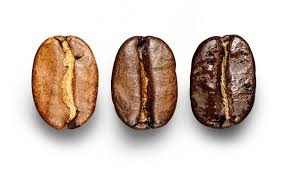

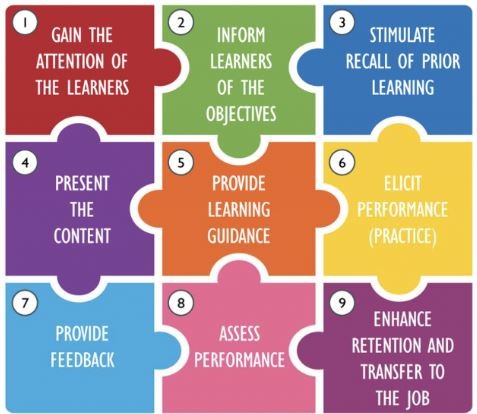

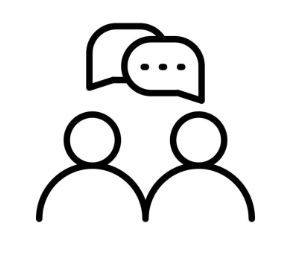

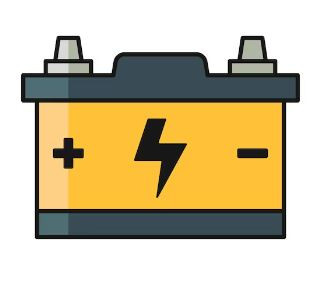
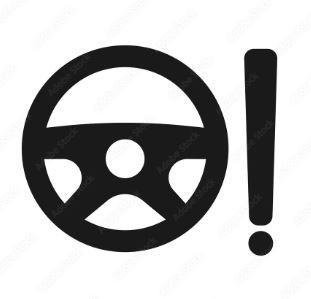
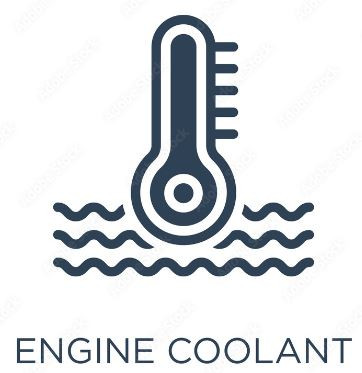
1 Comments